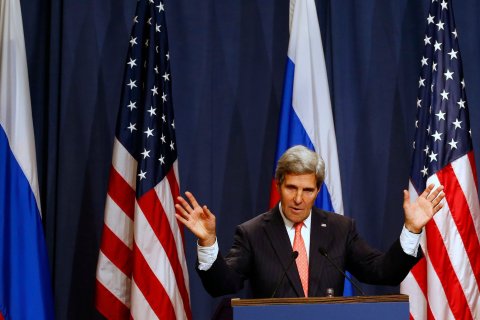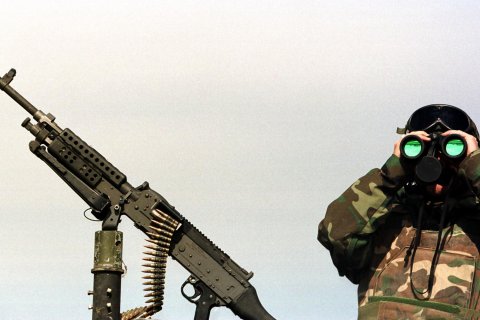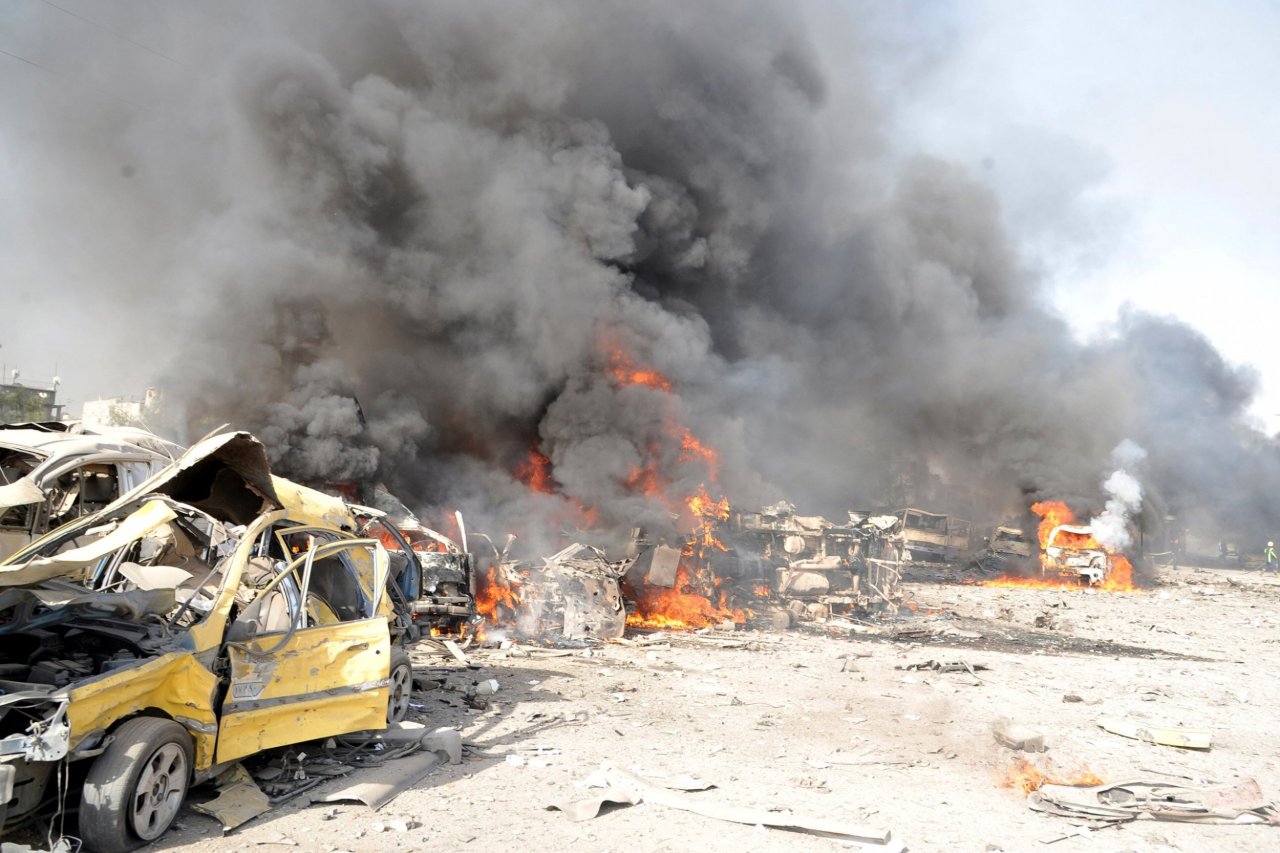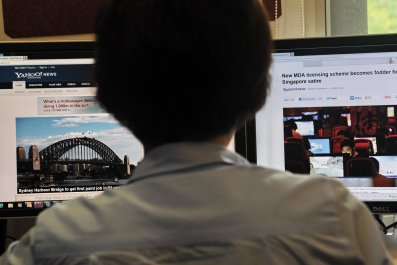
For more than a month now, the United States and much of the international community have been consumed by the issue of how to respond to the Syrian government's use of chemical weapons. The motivation behind the different proposals—first a missile strike, now a major disarmament effort—is eminently reasonable: to ensure that Syria never uses these weapons again. And the prospects for success appear to be rather good in my judgment, though that is clearly a contentious matter.
But what about the broader problem? Simply eliminating Syria's chemical weapons isn't going to stop the carnage that has already claimed some 100,000 lives. Are we really content to sit by and watch this killing continue? Or should we be trying to stop it?
Much of the debate on this front has taken the form of arguing about specific kinds of intervention. President Obama's activist critics—referencing our failure to act in Rwanda in 1994 or our more successful intervention in Libya in 2011—have pushed proposals such as arming the rebels or establishing a no-fly zone. (I myself have advocated these kinds of ideas.) Meanwhile, opponents of these options have countered by invoking Iraq and Afghanistan—and arguing that another potentially expensive, dangerous intervention hardly seems like a wise idea, especially in the Middle East.

But largely lost amid this argument has been a more forward-thinking set of questions: What are we trying to achieve? What, in the best-case scenario, might a post-carnage Syria look like in 2014 or beyond? Saying that we want to see the rebels chase Bashar al-Assad from power, followed by some power-sharing arrangement that is at present only vaguely defined, does not suffice. The insurgency is a fractured mess that includes two major groups of al Qaeda–linked extremists. They would likely fight each other, or perhaps carry out mass killings of Assad's former cronies, if successful in defeating him. The overthrow of Assad would no more end the war in Syria than the overthrow of Saddam in 2003 brought stability to Iraq.
So, before the United States can figure out what to do in Syria, we must think about where our intervention could realistically end. This is not necessarily easy to do because circumstances can and likely will change over the months ahead. But neither is such long-term thinking entirely impossible.

FROM MY vantage point, the right model is neither Iraq, nor Afghanistan, nor Libya, but instead Bosnia. It is not a perfect model, but it is a good place to start. As many will recall, two decades ago we watched similar killing take place in Bosnia for a couple of years until international outrage and battlefield dynamics converged to make a solution possible. NATO finally bombed Slobodan Milosevic's Serbian militias, then pushed him toward a peace deal that created a "soft partition" of the country. It wasn't a flawless outcome, but nearly two decades later, Serbs and Muslims and Croats in Bosnia have not gone back to war.
Relative to Bosnia, alas, Syria may be an even harder civil war to end, since the insurgents are so disorganized and since they include extremists. On top of that, Syria's major central cities are still heavily intermixed with individuals of different confessions, making soft partition difficult to imagine at present.
But things can change. Regrettably, just as in Bosnia, the war is having the effect of slowly separating populations. Tragically but undeniably, this means that proposals for soft partition will likely become more plausible as the war continues to unfold.

Since our aim is not a rebel victory per se, but rather greater rebel success—in order to force Assad to agree to leave power and have his associates agree to a peace deal—we can probably achieve our goal by gradually strengthening moderate parts of the opposition without any overly dramatic transformation of the situation. In my view, the Obama administration has been much too slow to start this effort in a serious way, and indeed lethal U.S. assistance has reportedly only begun to reach the rebels 30 months into the conflict. But it is not too late.
Of course, arming and organizing the rebels—and ultimately, perhaps helping them with air power if needed—would not end the civil war overnight. It is possible that it could take months, or even a year or more, to bring the rebels and Assad's government to the bargaining table. But once that happens, what would a soft partition in Syria actually look like?

Under any realistic peace plan, Assad's Alawite minority would keep a section of the country, most likely along the coast, where local police would be the main security forces. The Alawite majority there would self-govern for the most part (perhaps electing a former government official, though ideally not a close associate or relative of Assad's). Assad himself would have to step down from the presidency and hopefully would go into exile. Kurds would keep sections of the country in the north. A coalition of Sunnis would be in charge elsewhere, and we would have to work with them to suppress the role of extremists. The country's main central cities would be shared, as were certain places in Bosnia, like Mostar (even if they were effectively divided in most cases). And of course, minority rights would be enshrined in the deal that ultimately codified this arrangement.
Yes, this plan does imply a certain number of U.S. peacekeepers on the ground, perhaps comparable in number to the 20,000 who began the job in Bosnia in 1995. Given the difficulty of the mission and the need for strong leadership, there would be no substitute for some American presence. However, the United States should commit to such a deployment only if other countries, including Arab states and Turkey, provide the majority of peacekeepers. We should seek international buy-in on the strategy now, in fact, before moving to any direct U.S. involvement in the conflict.

There is nothing wrong with our current efforts to get Assad to give up his chemical weapons. But we must not lose sight of the more important, and longer-term, goal of a power-sharing settlement. Agreeing on this approach now offers our best chance at avoiding a sectarian bloodbath down the road. It might also serve to mitigate Russian opposition to intervention. And here in America, it will allow us to—finally—debate our options in Syria with a realistic, big-picture objective in mind.
























